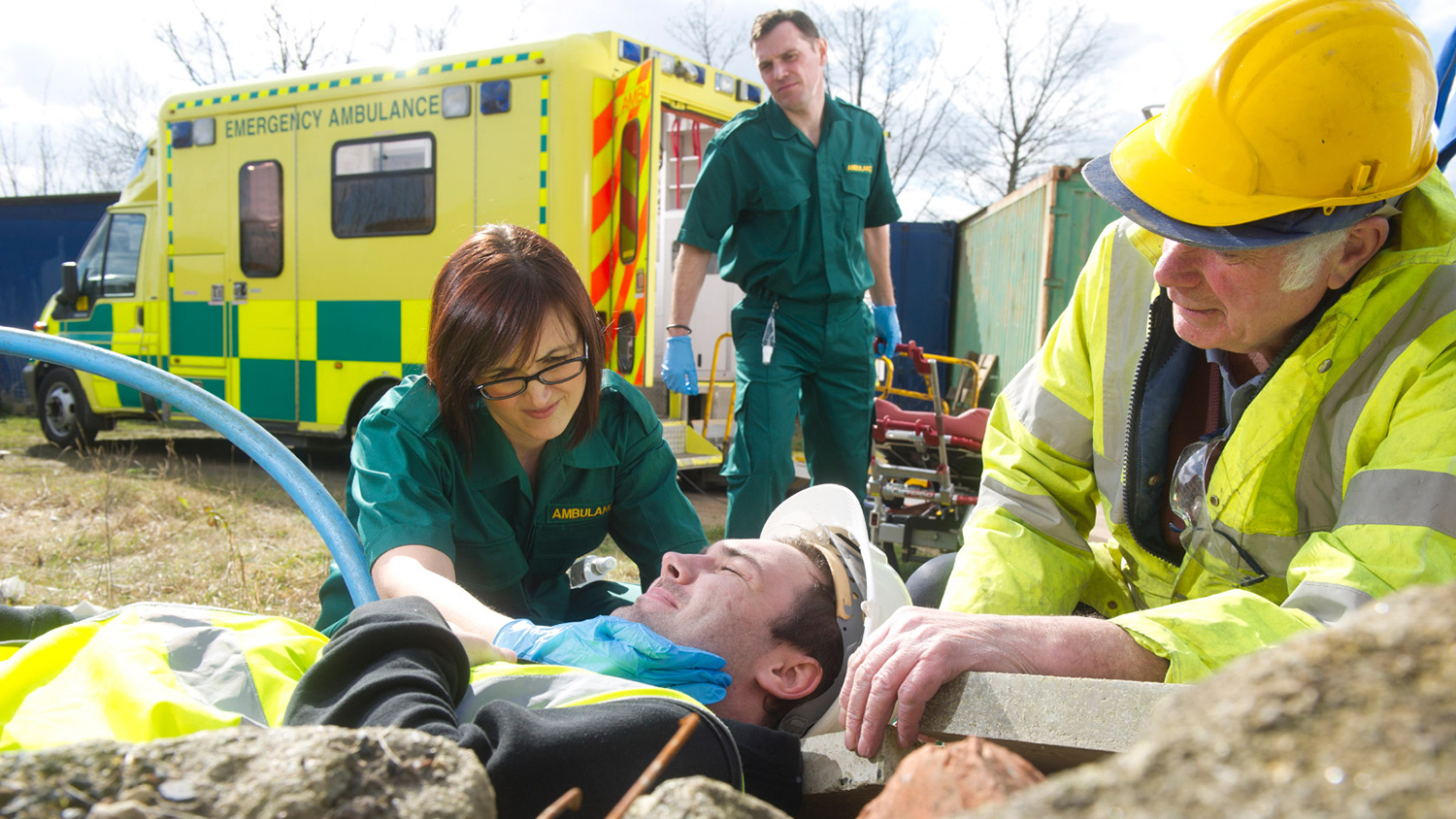
Manual handling affects many industries, not just construction
Moving and handling heavy or bulky objects at work is needlessly harming the health of tens of thousands of workers every year, according to a new campaign by the HSE. The campaign focuses on the construction industry, because many construction workers are suffering due to pain in muscles, bones, joints and nerves that affect every aspect of their lives and in many cases their ability to work and earn a living. However, the message applies to many different industries and occupations where moving and lifting is involved.
HSE inspections in 2022 found many examples of poor practice, some of which resulted in enforcement action, such as a worker lifting an 80kg kerb on his own without any assistance from machinery, lifting aids or colleagues, and a 110kg floor saw that had to be moved into and out of a work van by two operatives at a street works site.
The law requires employers to control the risks of ill health of their workers, which includes pain in muscles, bones, joints and nerves that can develop over time, known as musculoskeletal disorders (MSDs). However, in the most recent period an estimated 42,000 people in the construction industry suffered from a work-related musculoskeletal disorder, which can cause years of agonising aches and pains. This amounts to 53% of all ill health in the construction sector.
If moving and lifting is managed properly, a physical job should not disrupt every part of workers’ lives.
Before work starts, moving and handling risks should be considered and prevented where possible at the design stage. Employers should talk to workers about controlling existing risks and make sure appropriate measures are in place, such as the right training, aids and equipment.
Matt Birtles, Principal Ergonomist at HSE, said:
“It is important that the issue of manual handling is not downplayed. Serious aches, pains and strains should not be accepted as routine. These can dramatically affect every part of someone’s life – with sufferers struggling to get themselves dressed and undressed, and unable to pick up their children or grandchildren. The culture of a site may mean many people feel uncomfortable talking about these issues but if your back has gone or if you’re in agony whenever you move your arms, measures need to be put in place to address the causes.”
HSE’s Acting Head of Construction Division Mike Thomas said:
“MSDs affect the lives of tens of thousands of workers and can lead to a lifetime of suffering. However, there are simple measures that can be taken to prevent this. The health of workers must be considered when planning work so that they can carry out their jobs without fear of injuring themselves or developing aches, pains and strains, including being provided with the correct equipment to lift and move materials safely.”
Manual handling: what the law says
The Manual Handling Operations Regulations 1992 (as amended) (MHOR) apply to work that involves lifting, lowering, pushing, pulling or carrying. The MHOR legislation was first introduced in 1992 as part of a series of EC Directives, adopted into UK legislation and updated in 2002. The Regulations state that an employer must:
- Avoid the need for hazardous manual handling, so far as is reasonably practicable.
- Assess the risk of injury from any manual handling task that cannot be avoided.
- Reduce the risk of injury from manual handling, so far as is reasonably practicable
The British Safety Council says:
“Employers (and employees) who do not effectively implement these requirements could be subject to actions from the regulatory authorities. There are several actions an inspector can take if they identify a concern relating to the manual handling regulations. A minor issue may receive informal advice whereas more serious issues (such as a lack of manual handling risk assessment) could result in enforcement action. If an officer believes there has been a material breach of health and safety regulations, an improvement notice may be issued. If this breach presents a risk of serious injury, a prohibition notice may be provided, which stops the activity until the problem has been resolved. Many such cases that are subsequently prosecuted can result in a substantial fine (based upon the turnover, size and nature of the organisation) and a custodial sentence in the most serious cases.”
Musculoskeletal disorders: what the law says
Musculoskeletal disorders (MSDs) include injuries and conditions that can affect the back, joints and limbs. There are several laws relating to MSDs at work. Employers and workers both have responsibilities.
Employers must protect the health and safety of their workers and other people who might be affected by what they do, under the Health and Safety at Work etc Act.
The Management of Health and Safety at Work Regulations require employers to assess the risks to the health and safety of their workers. The assessment may identify risks covered by other regulations relevant to MSDs in the workplace and you should also comply with those regulations.
MSDs can not only affect workers whose role involves moving and lifting, but also someone who sits at a desk all day unsupported, or who uses a keyboard for several hours a day. Desk jobs are common causes of these conditions, which can lead to recurrent pain, swelling, aches, and stiff joints.
Taking an integrated approach and promoting a prevention culture involving both employers and workers are key to tackling the issue. EU-OSHA highlights the following pointers:
- Workplace risk assessment: this is fundamental for successful prevention and should involve preparation, assessment and the implementation of preventive and protective measures. The risk assessment process should be regularly reviewed and updated.
- A combination of preventive measures to eliminate/control risks: this should be the top priority for any workplace. As MSDs are caused by multiple factors, a combined approach is best, for instance involving actions targeting the workplace (ergonomics), work organisation (allowing breaks), psychosocial factors (giving workers control over work pace) and workers (providing training on good posture).
- Encourage worker participation: workers should be involved in identifying MSD risks and preventive solutions to help companies develop comprehensive policies on MSD management.
International Workplace's Manual handling: a manager’s guide can help employers understand the risks associated with manual handling and how to manage them.
Mitigating the risks of MSDs in hybrid working also helps managers understand the issues and gives some tips to help mitigate the dangers of MSDs.







